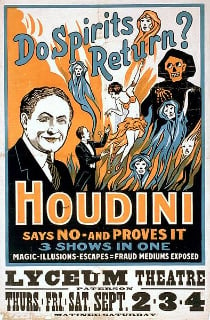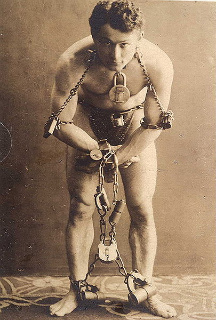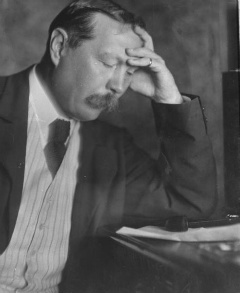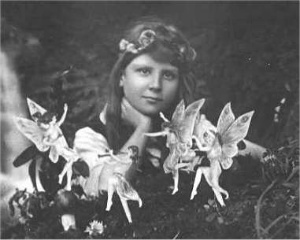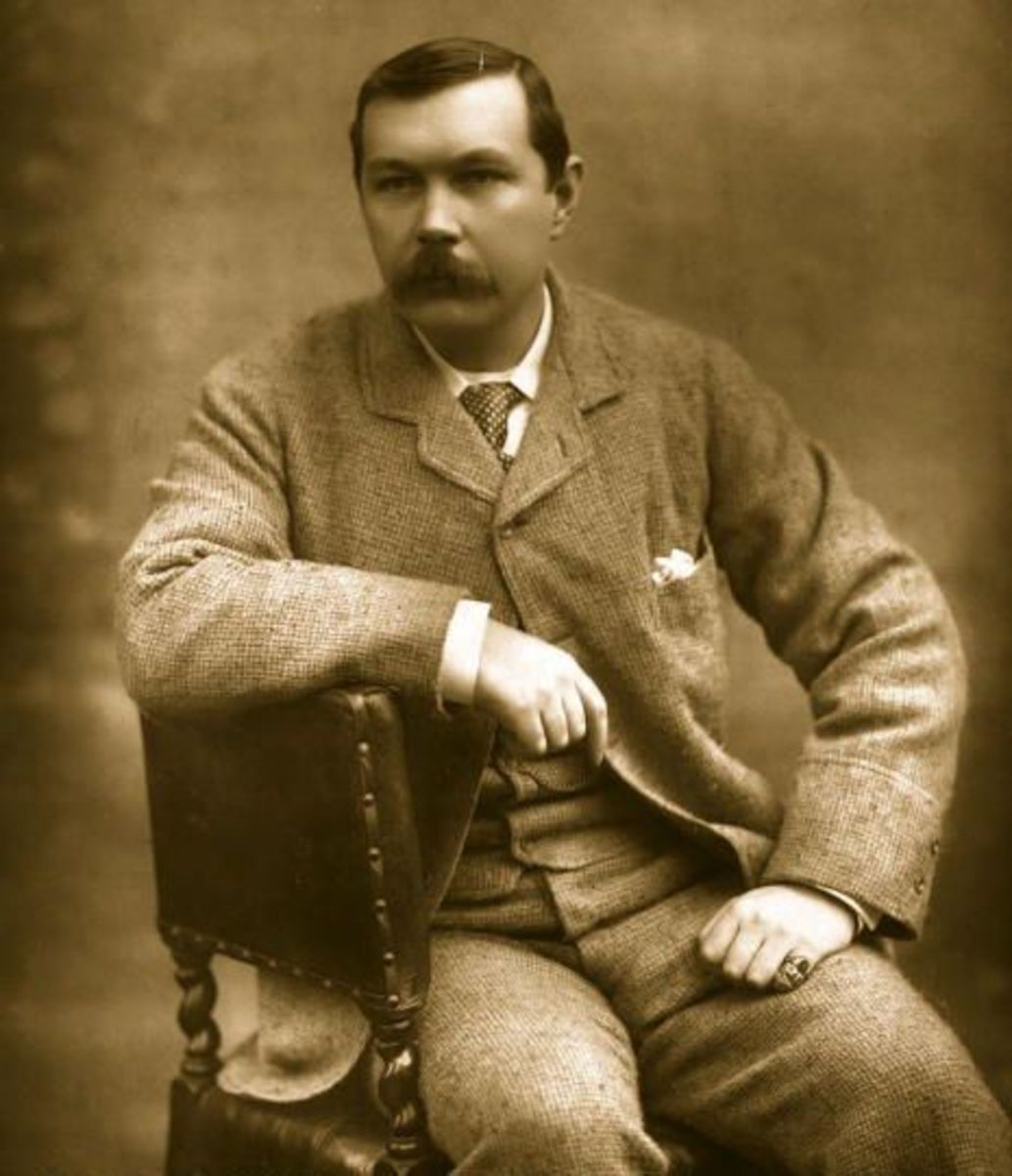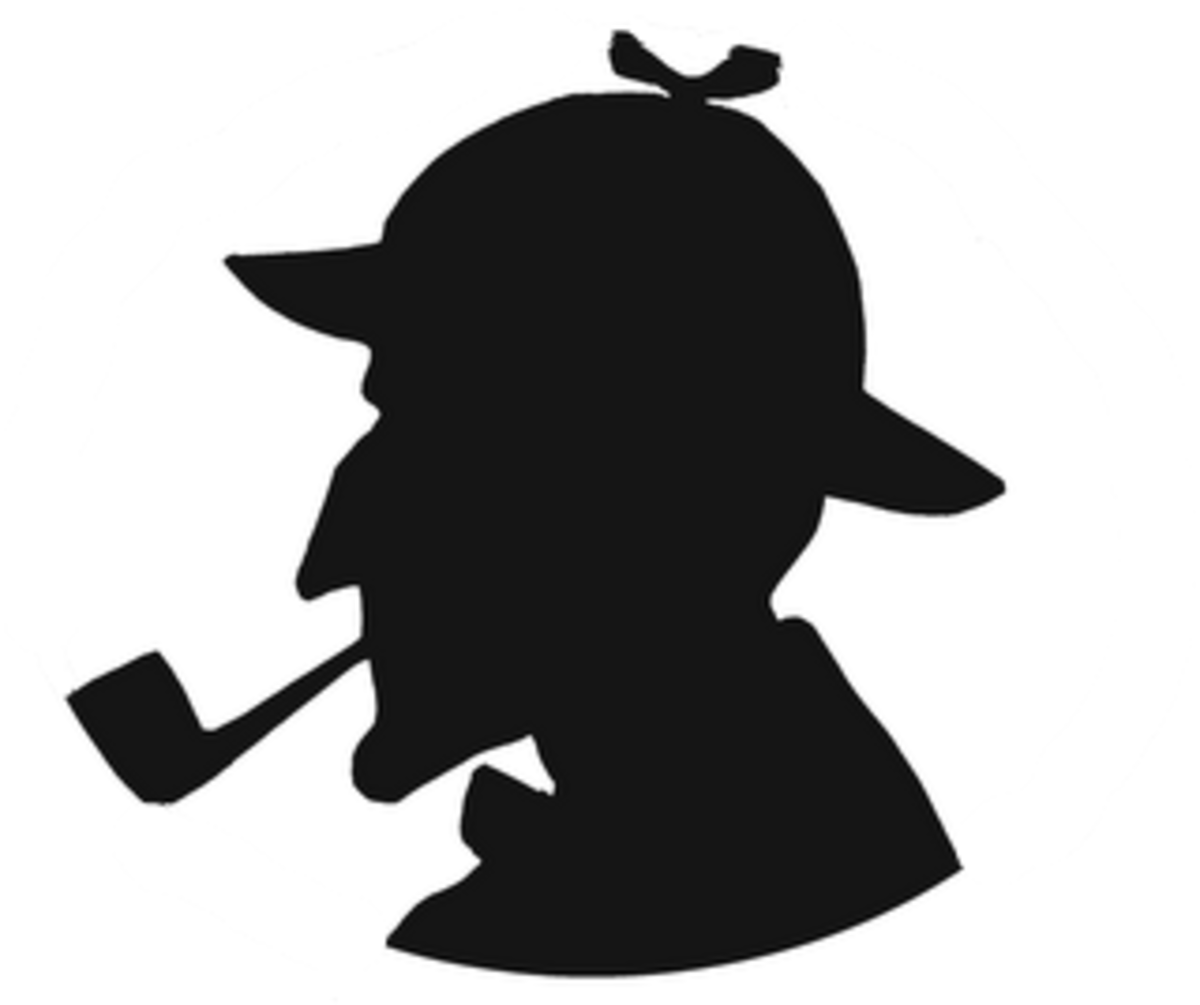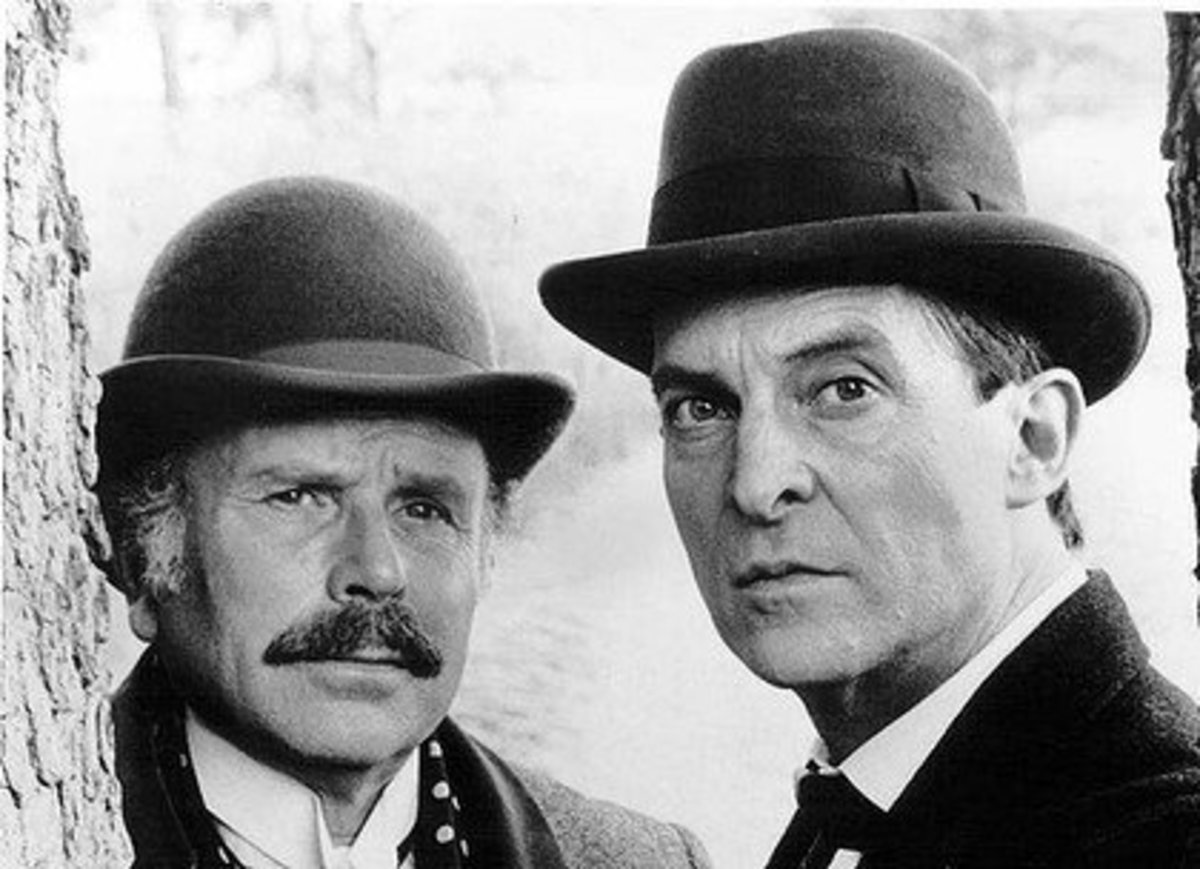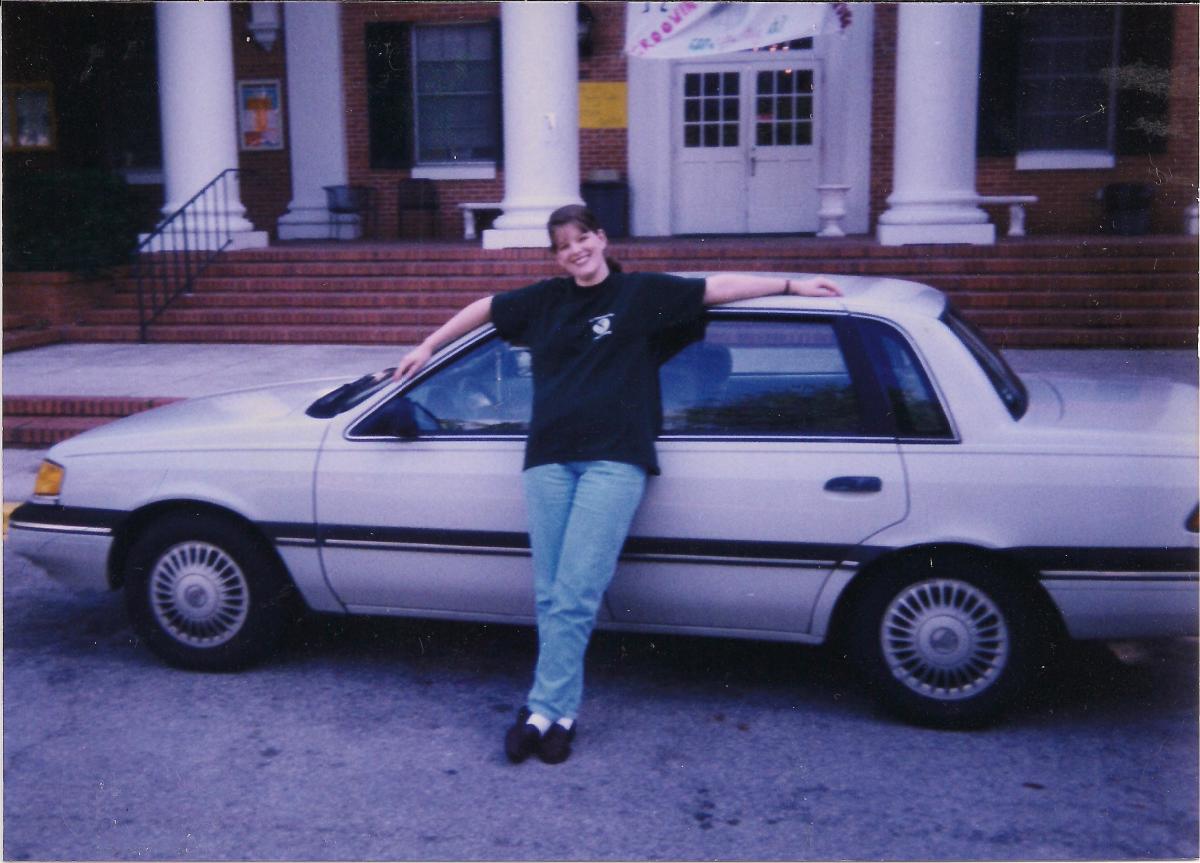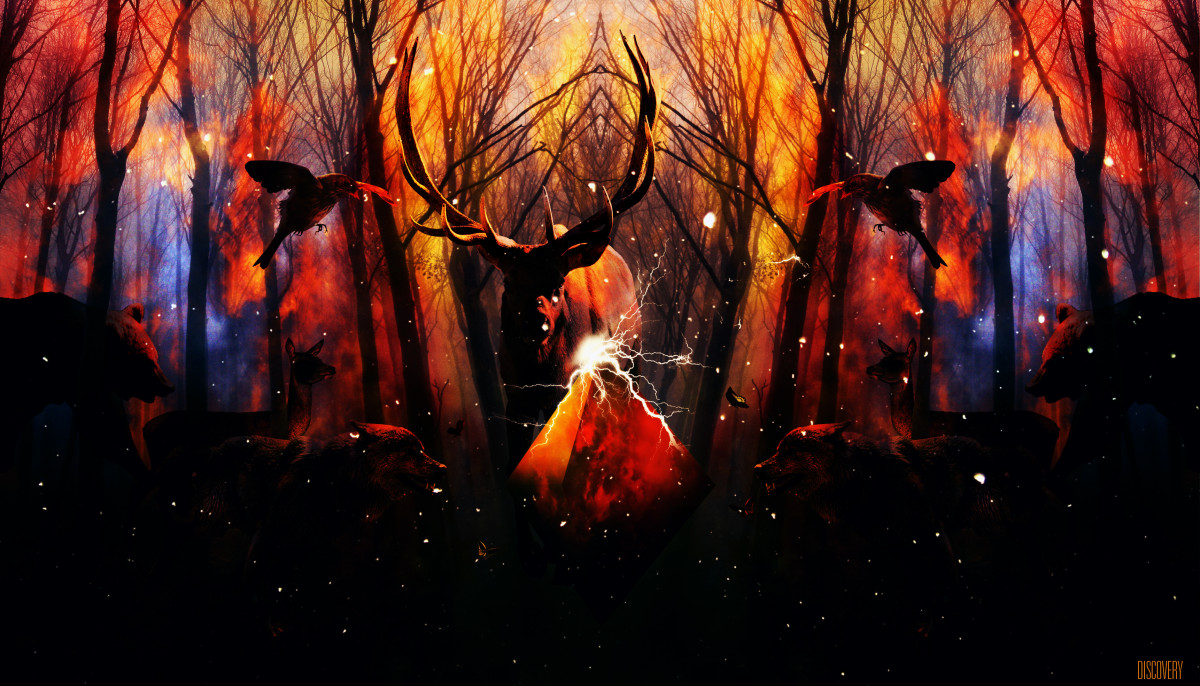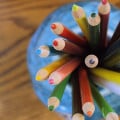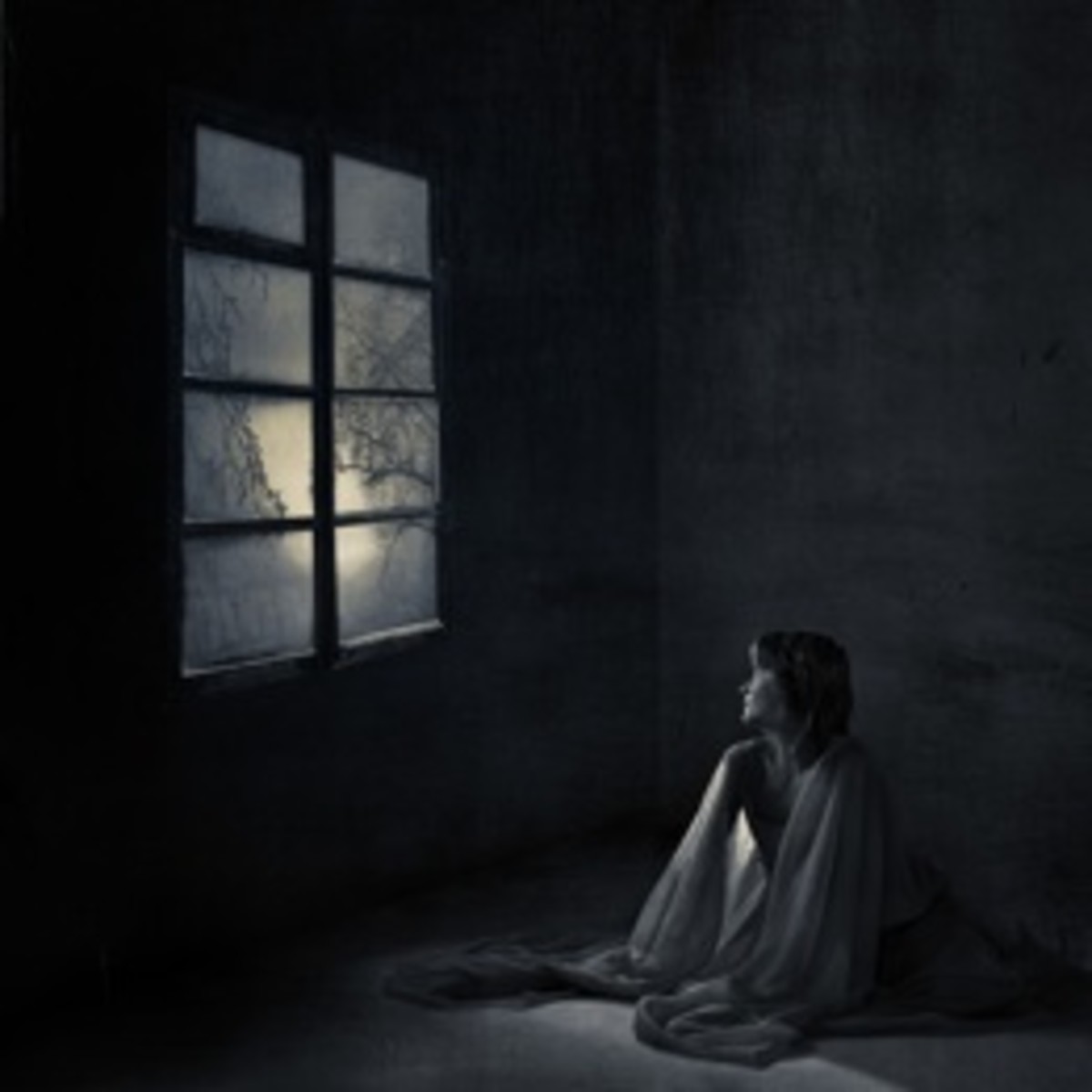Houdini vs. Sherlock




Magician Harry Houdini and Sherlock Holmes author Arthur Conan Doyle had a long and strange friendship, a rivalry at times, because of Spiritualism. Doyle believed that Houdini had supernatural powers and Houdini repeatedly tried to tell him that he did not; everything was a trick.
Doyle attended his first spiritual lecture the year before he graduated from medical school in 1881 and from there spent a lifetime in otherworldly pursuits. He was hooked when he attended a seance and his deceased son, Kingsley, came through. He joined the British Society for Psychical Research and in 1917 gave his first public lecture on Spiritualism. Through his second wife, medium Lady Doyle, he came to view this as a religion.
At about the same time, Houdini had been fascinating audiences for years as a magician and hoped to move into the new film industry and write more books. He'd had a couple of psychic experiences, such as when he saw a vision of his mother in Europe the day before she died in the U.S. He desperately wanted to contact her afterward and began seeking mediums and clairvoyants.
Knowing Doyle's interest in the occult, he mailed a copy of his book The Unmasking of Robert-Houdin to him. He wrote back, thanked Houdini for the book and mentioned it was known among certain people that Houdini himself had psychic powers. Houdini dismissed this because he knew all of the best tricks, but claimed he was willing to believe if a 'real' medium could be found.
In 1920 the two met. Doyle described his positive experiences with seances, and that he had spoken to his son six times so far. Houdini detected that Doyle would believe anything but was still not convinced himself.
Through his research, Houdini investigated spirit photography, popular at the time. Doyle had 2 extraordinary photos he wanted him to see: one of a goblin and the other of four fairies. Probably because of their friendship, Houdini declined to comment. Many years later, after Doyle wrote a book that included these photos, the girl who sat for them admitted they were fake and even that the fairies were cut-outs from a book that included a story written by Doyle.
Throughout these years, Houdini kept searching for true evidence of spirits and attended more than 100 seances. However, he remained disheartened. In his book, Miracle Mongers & Their Methods, A Complete Expose of the Modus Operandi of Fire Eaters, Heat Resisters, Venomous Reptile Defiers, Sword Swallowers, Human Ostriches, Strong Men, Etc., he used his knowledge of sideshow and circus tricks to debunk fakers. A reviewer urged him to next take on phony mediums.
Meanwhile Doyle was still convinced of Houdini's occult powers, and the two remained friends. One day in 1922 he visited Houdini at his home. An elaborate trick would be played on Doyle. Houdini asked him to suspend a common slate, that had a wire attached, anywhere in his library, making sure it would swing freely. He was to choose 1 cork ball (out of 4 available), dip it into an inkwell of white ink and saturate it. Next Doyle would go as far away from Houdini as he liked and write a secret message on a piece of paper. He walked 3 blocks and wrote mene, mene, tekel, upharsin, a biblical quote. Returning to the library, he was once again instructed to soak the ball with ink and hold it against the slate with a spoon. To his amazement, the ball rolled across it, leaving a white trail of ink that spelled out the words he had written.
The secret of the trick was that there was an unseen panel in a bookcase in the library and Houdini made sure this was the only place in the room where the slate could be hung. A hidden assistant with a rod on the other side of the panel traced the secret phrase backward, with the help of a magnet hidden in the middle of the ball. Houdini admitted to him that this was done by trickery and to not believe everything you see. Regardless, Doyle was now totally convinced of Houdini's supernatural powers.
A controversy started when Lady Doyle hosted a seance in which Houdini's mother supposedly came through. The spirit appeared by way of automatic writing, a common Spiritualism practice of the time, and Houdini was instructed to try it. He wrote the word Powell. Doyle was convinced spirits had told him to write that word, as it just happened to be the name of his friend who had recently died. Now Doyle believed even more strongly that Houdini was psychic and urged him to begin a series of lectures extolling his mysterious abilities. Houdini's response was that he also had a friend named Powell that he was thinking of and it was a coincidence. Secretly it is believed Houdini knew of Doyle friend's death and used the name to shock him.
At one point Houdini took on a challenge by the N.Y. General Assembly of Spiritualists to deceptively produce manifestations of spiritual power. He noted in an article that his mind was open and wanted to believe, but in 25 years of investigations and hundreds of seances, never saw anything that proved it was true. Round 1! This completely enraged Doyle and was an insult to Lady Doyle's powers as a psychic medium and the seances she had held for Houdini's benefit. The friendship was strained, but they continued to exchange letters and ideas.
After this, Doyle started gossip in Europe that Houdini was a believer. Houdini received a letter from a psychic researcher stating that he heard Houdini was doing automatic writing and received a message from his late mother through Lady Doyle. He was not pleased.
Houdini believed he had proof Lady Doyle was a charlatan because before one of her seances, Bess (Houdini's wife) let him know Lady D. had been pumping her for tidbits of information about his mother. During the seance, he knew it was bogus when she made the sign of the cross (Harry's family was Jewish) and automatic writing revealed sappy words that his mother would never have spoken. Also, Houdini's mother could not speak nor write English.
In December of 1922 Houdini made a notarized deposition rebuking Lady D.'s claims as a medium and explaining he wrote the name Powell of his own free will. He wanted this information on record, in case he died. It did not help the friendship. Doyle and his wife were completely insulted and humiliated.
Hostility thickened as newspapers reported each side: Doyle in Denver defies Houdini and offers to bring dead back again. Another paper printed that Houdini said Doyle was conned by 2 mediums who had been proven to be carnies. Doyle countered and then wrote Houdini a letter asking for a retraction of his comments.
The two would not meet or correspond for many months until after Houdini attended a seance that exposed a popular U.S. medium. He wrote Doyle about it but there was no reply. Houdini sent another letter. Doyle's response was cold; he resented statements Houdini had made in the press.
Houdini wrote again, asking Doyle for permission to use some of his writings in a book on Spiritualism. Doyle replied that he probably wanted to twist his words around for his own benefit. This was their last correspondence.
In 1924 when Houdini wrote to ask if Doyle would like a copy of his book A Magician among the Spirits, he did not respond.
After Houdini's death at the age of 52 on Halloween Day in 1926 from a combination of an untimely punch to the stomach that he had not prepared for and an attack of appendicitis, Doyle believed his death was as a result of his dealings with the occult and denial of the origin of his 'magic.' He still believed Houdini had been hiding his true psychic powers. Doyle believed in spirituality to the end, and went to the other side in 1930 at the age of 71.
So who was right? Perhaps we'll never know until we get there. My father always said no one could come back from the dead because if anyone could, it would be Houdini, and he never did. Case closed.
Houdini Strait Jacket Escape
Houdini's Gravesite and Cemetery (photos: Nance Carter)
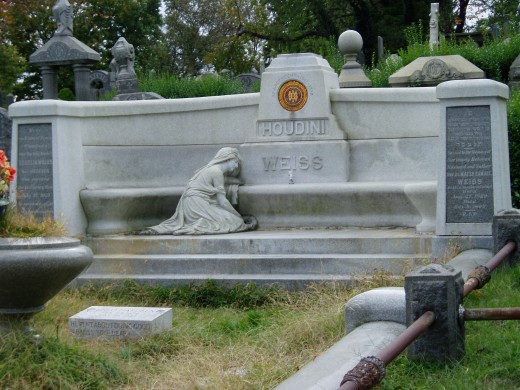
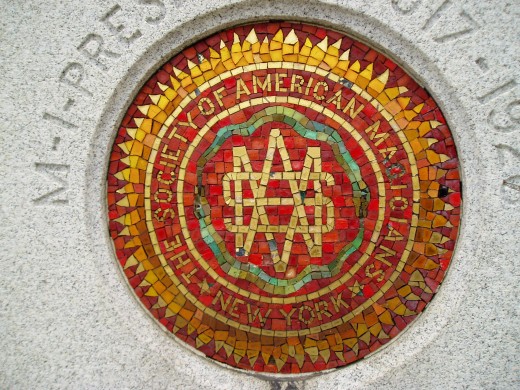
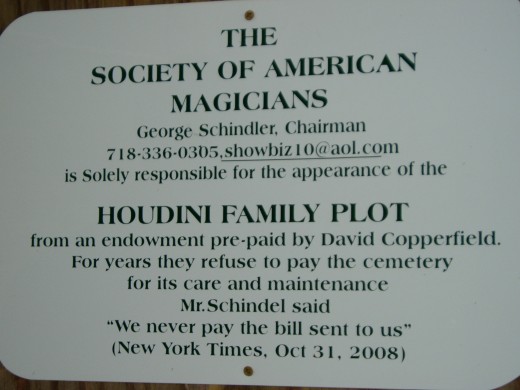
Favorite magician
Who is your favorite magician?
Check out my website!
- The Trip Witch
An exploration of travel through pagan and other religious lifestyles, with a little geocaching thrown in for fun.

